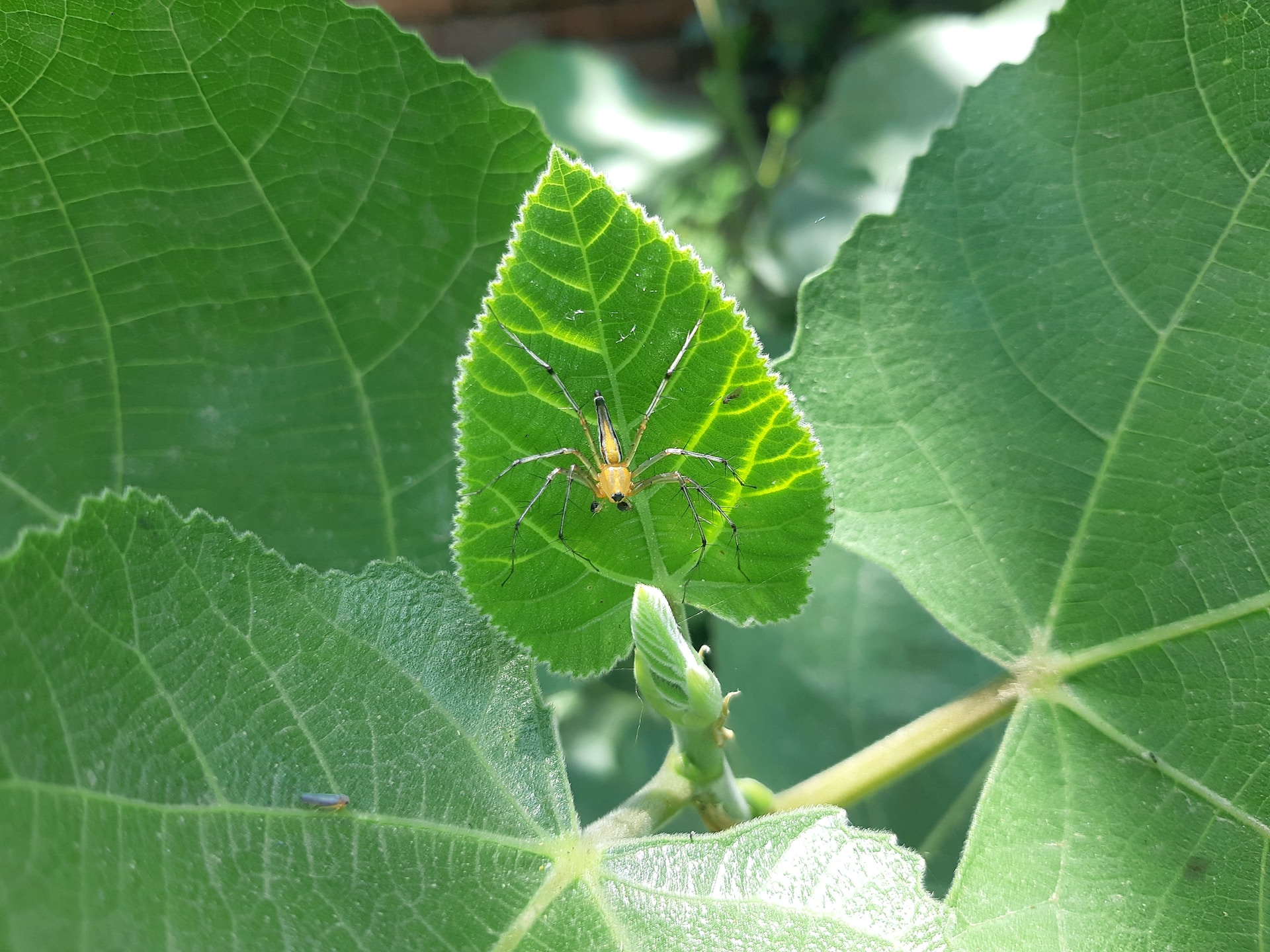Springtime Activities for Garden Wildlife
As the frost thaws and spring bursts into life, it’s the perfect time for eco-conscious gardeners to roll up their sleeves and start supporting their local garden wildlife. Early spring revolves around one main theme: nesting. Birds are on the hunt for suitable nesting materials, which can range from twigs and moss to wool and hair. One excellent solution is to create your own ‘nesting station’, hanging bundles of string, straw, wool, and even pet hair strategically in your garden.
Nectar-rich, flowering plants are another crucial aspect of your spring gardening strategy. Plants like crocuses, primroses, and hellebores not only lend vibrant color to your garden but also provide valuable nectar sources for emerging bees and butterflies in the spring. The more diverse your plantings, the wider variety of wildlife you will attract. Creating an eco-friendly garden will not only benefit local wildlife but also creates an attractive, vibrant outdoor space.
Summer Actions to Aid Garden Wildlife
Summer in the garden is a time of abundance. However, local wildlife still appreciates a helping hand, especially during hot, dry spells. For birds and mammals alike, water becomes a commodity; it’s crucial to provide readily accessible water sources. Bird baths or shallow dishes of water regularly replenished will not only keep your garden visitors hydrated but will also offer opportunities for bathing and cooling off.
Now is also the perfect season to specialize your planting strategies. Opt for native plants that will bloom in the summer, thereby continuing to provide sources of nectar and pollen for bees and butterflies. Plants such as lavender, honeysuckle, and sage are fantastic choices.
Fall Chores to Protect Garden Wildlife
The bounty of summer subsides, ceding place to the rust-colored charm of fall. This is the time to initiate different measures to protect your garden wildlife. It might be tempting to clear away dead plant stems and leaves, but these provide excellent refuges for insects over the winter.
Instead, create a log or leaf pile in a corner of your garden. Rotting logs and leaves offer superb hibernation spots for many creatures, including frogs and hedgehogs. This practice also contributes to gardening for climate change, as preserving insect habitats is intrinsic to maintaining a healthy, eco-friendly garden year-round.
Winter Initiatives for Garden Wildlife
Winter brings its own challenges for garden wildlife. With food sources dwindling, leaving supplemental food out for birds can serve as a lifeline. It’s essential to provide a diverse menu, including suet balls, peanuts, and sunflower seeds, to cater to different species’ needs.
For insect enthusiasts, consider installing bug hotels. These provide winter homes for beneficial insects, which in turn will help keep your garden’s ecosystem healthy and balanced. You can construct these from natural materials like bamboo canes, straw, and pinecones.
Additional Tips to Maintain Your Garden’s Ecosystem
Creating a thriving garden ecosystem is not confined to certain seasons; it requires year-round dedication. One of the essential tips to maintain this ecosystem is to avoid synthetic pesticides. These toxic substances can harm non-target organisms, causing disruptions up and down the food chain.
Instead, foster a healthy population of beneficial creatures such as ladybugs, spiders, and birds. These natural predators will keep your pest population in check. Going organic supports all aspects of your garden’s ecosystem, from flora to fauna.
Grow a wide variety of plants, spanning various heights, leaf types, and flowering times. Creating this ‘structural diversity’ affords a habitat for a greater range of wildlife species, enhancing your overall biodiversity.
To summarize, supporting garden wildlife demands a mindful, hands-on approach. It’s an ongoing endeavour, intrinsically tied to the changing of the seasons. The reward, however, is a blooming garden brimming with life, and the satisfaction of knowing you’re contributing to local ecosystems.

